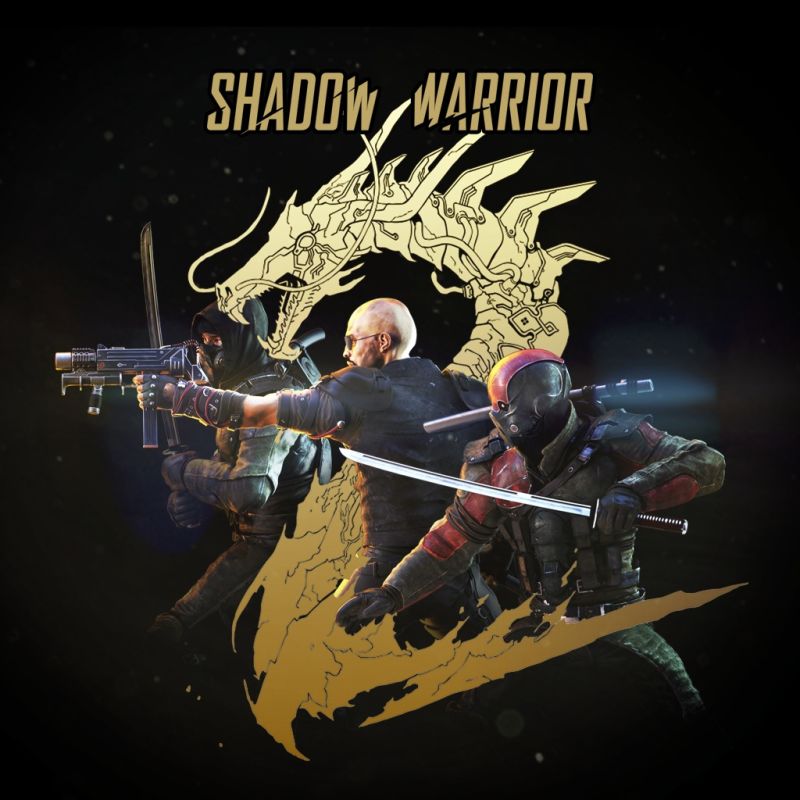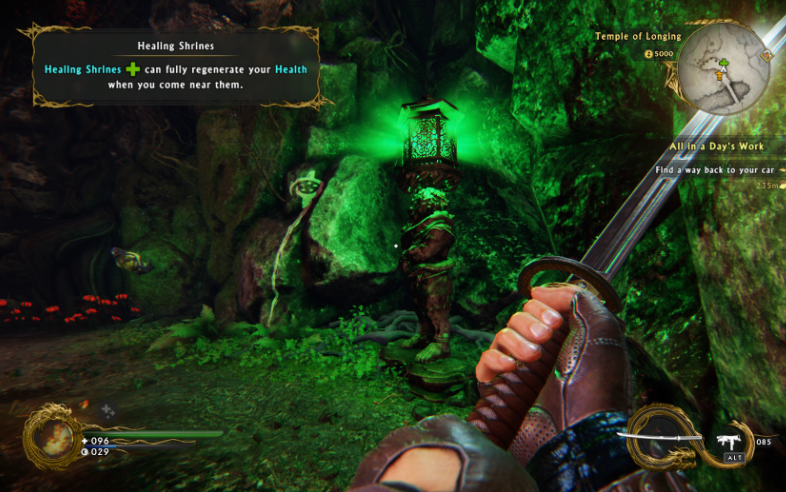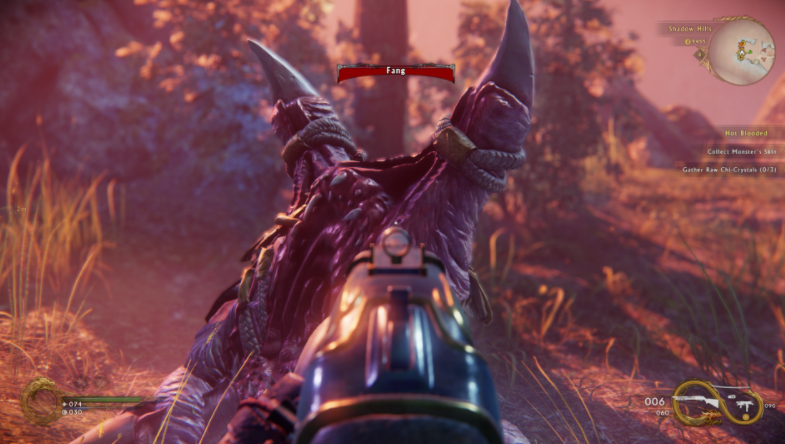Shadow Warrior 2 is the sequel to the 2013 game Shadow Warrior, which is a reboot of the 1997 title Shadow Warrior. Consistent across all games in the series Lo Wang is the protagonist, once a corporate shogun and now a mercenary available for hire. As usual he constantly comments on the encounters, dropping oneliners and lending the game a humorous tone combined with over-the-top violence. The core 1st-person gameplay is similar to the previous game, offering both close combat melee combat, as with the katana in the previous game, combined with ranged gunplay. The biggest differences are in the amount of weapons and customization options, the open level design and the introduction of online multiplayer for up to four players working cooperatively.
The game’s campaign is set five years after the events of the previous game. Lo Wang now lives in the wildlands as a hired sword. Demons, and humans under the command of nemesis Orochi Zilla now live side by side and both are out for his blood. During a mission for the Yakuza something goes wrong. In the previous game the demon Hoji was Lo Wang’s companion and this time he ends up with the girl Kamiko, working for Zilla, in his head. Early on her body becomes corrupted and Master Smith transfers Kamiko’s soul to Lo Wang’s body. She often appears during missions as they banter. Enemies consist of Zilla’s minions combined with the demons from the shadow realm.
There is once again a linear campaign but with a different approach. There are now hub areas (include a Wang Cave) with shops and characters where primary or optional missions can be started combined with fast travel to start right away. Levels are now larger, more open areas that can often be explored in many directions. There is more focus on verticality as Lo Wang always has access to a double jump combined with infinite sprint, climbing, no fall damage and a quick dash in four directions. Levels are also always randomized for each session, with variations for terrain, buildings, props, items, weather, enemy types, enemy placement and so on. There are different combinations, but not based on procedural generation. The main quests and environment types such as sci-fi neon buildings, temples or countryside landscapes as settings follow the story and are not randomized.
The randomization element for loot also provides the game’s new RPG elements, which introduce a large amount of customization to the game. There are now over 70 weapons such as katanas, short swords, claws, crescent blades, bows, chainsaws, grenade and rocket launchers, pistols, assault rifles, mines, shotguns and so on with primary and secondary attacks. Only eight can be carried at all times, but redundant ones can be sold. Melee weapon have different types of attack and can be timed to parry about any incoming attack. It is possible to cut off specific limbs, preventing the use of a weapon. Weapons are often found in the environment and they each have different statistics that can be compared directly. On top of that there is a large amount of options to customize weapons or apply magic to them, making the gameplay more similar to the Borderlands series for instance. Levels also have shrines to refill health, ammo and Chi (magic) combined with checkpoints. Damage numbers are visible on enemies along with health bars. Often there are powerful bosses to defeat as well.
Chi acts as mana for the magic systems and allows for actions such as Chi-Blast, Grip of Darkness, Healing Flame, Shadow Fury, Teleport and Vanish. These are often used in combat to deal with multiple enemies at once. Loot consists of weapons, money and gems. Gems are used to improve armour, powers and weapons. Each weapon has three slots for customization found during levels. These include a larger clip size, reload time, accuracy or more damage, but also attacks based on electricity, fire, ice, poison, targeting certain enemy resistance. Weapons and mods can be changed on the fly. Enemy weaknesses and resistances are shown during fights, encouraging the player to adapt and customize the weapons. Later in the game the unused ones can be converted to craft new mods. Experience (karma) provides skill points that can be spent on cards for four categories (Life, Powers, Resource and Warrior), which influence the play style. Each card can be upgraded multiple times and new ones are found often. There is also room for amulet slots, armour slots, multiplayer slots and power slots. Many upgrades are provided by completing missions.
The campaign can be played cooperatively with up to four players online, using drop in drop out with scaling difficulty and no friendly fire. This campaign is otherwise identical to the one played alone. Cut-scenes often further the story between missions.
Cover Art:
Screenshots:




